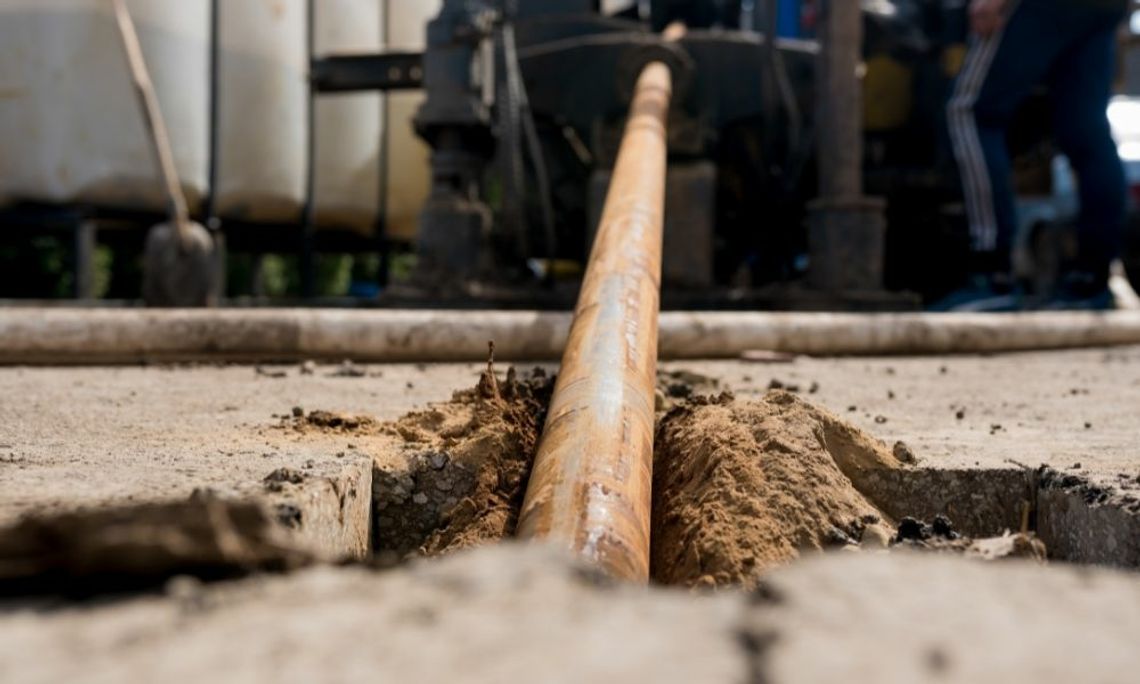Trenchless pipe rehabilitation represents a groundbreaking advancement in underground utility repairs, offering an eco-friendly alternative to traditional excavation methods. This innovative approach minimizes environmental disruption by preserving the existing landscape, reducing carbon emissions, and significantly decreasing the amount of waste sent to landfills.
Let's look at some specific environmental benefits of trenchless pipe rehabilitation.
Preservation of Landscapes
One of the main advantages of trenchless pipe rehabilitation is its ability to preserve existing landscapes and structures. Traditional excavation methods require you to dig up large land areas, resulting in the destruction or disturbance of plants, trees, and other natural features. This step can have a significant impact on the surrounding ecosystem and wildlife. In contrast, trenchless methods involve minimal excavation, often requiring the creation of small access points. Most of the landscape can remain intact, preserving its natural beauty and minimizing environmental impact.
Reduction of Carbon Emissions
Excavation for traditional pipe repairs involves the use of heavy machinery and vehicles that emit significant carbon emissions into the atmosphere. This emission contributes to air pollution and the acceleration of climate change. Trenchless pipe rehabilitation, on the other hand, involves minimal excavation and, therefore, significantly reduces carbon emissions. By opting for trenchless methods, we can help mitigate the harmful effects of climate change and contribute to a more sustainable future.
Decrease in Waste Sent to Landfills
Traditional excavation methods generate much waste, including debris and excavated soil. Most of this waste ends up in landfills, taking up valuable space and potentially causing harm to the environment. In contrast, trenchless pipe rehabilitation produces little to no waste, as it involves repairing or replacing pipes while they remain in place rather than completely digging them out. This difference reduces the strain on landfills and minimizes the need for new material production, consuming fewer resources.
Trenchless pipe rehabilitation offers a range of environmental benefits, from preserving landscapes and reducing carbon emissions to decreasing waste sent to landfills. There are many tech innovations in the plumbing industry, and trenchless methods are prime examples of using technology to promote eco-friendly practices. By choosing trenchless pipe rehabilitation, we can help protect the environment and create a more sustainable future for future generations.


Comment
Comments